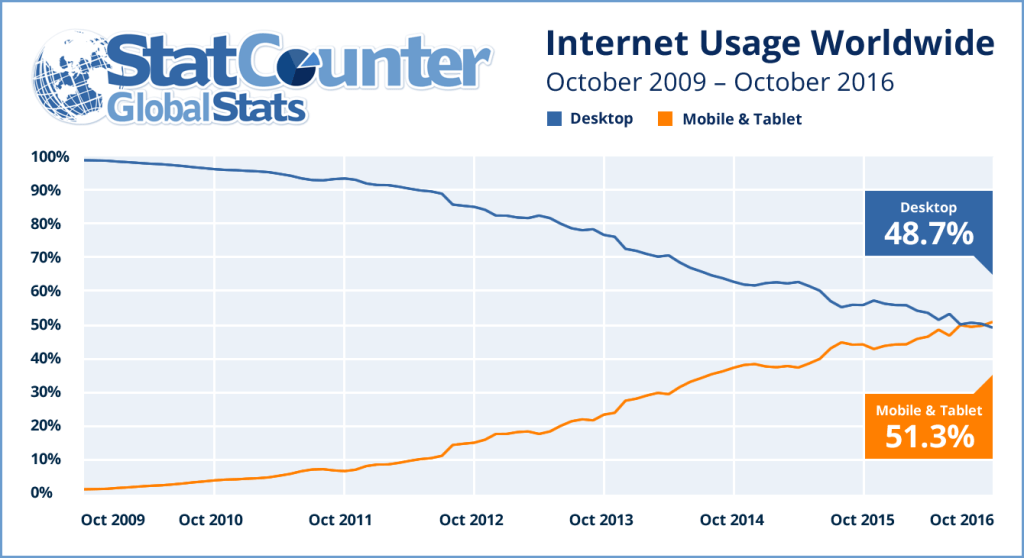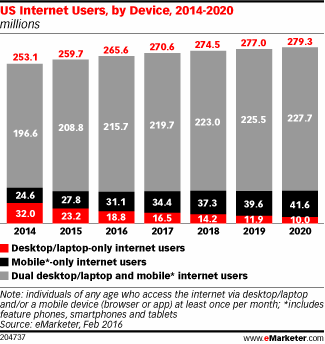Blair Levin, Aspen Institute Fellow, says $10 billion, spent over 10 years, is enough to provide a minimum 4 Mbps downstream service for Americans in rural and isolated areas.
He proposes that the money be gotten by revamping the Universal Service Fund, including reducing or freezing funds currently allocated under the Interstate Access Support and Interstate Common Line Support funds, steps that would have immediate impact on many rural telcos and rural mobile providers.
Levin points out that there are about seven million housing units (about five percent of the total) without access to the 4 Mbps downstream and 1 Mbps upstream services the Federal Communications Commission now believes is a minimum.
The FCC has estimated the cost to provide such service with wired broadband at $32.4 billion, with a revenue projection of only $8.9 billion, leaving a $23.5 billion gap.
But Levin maintains that the costs are so high because of costs to build wired infrastructure to just 250,000 homes. Reaching those 250,000 homes would cost about $13.4 billion. Levin does not appear to believe that is a wise investment. So he suggests using satellite to reach the most-isolated, high-cost homes, instead. That would free up enough money to build out facilities to the roughly 6.75 million other rural homes.
In 2010, the federal fund (USF) is projected to make total outlays of $8.7 billion, but not specifically to support broadband access.
Some $4.6 billion is set aside for deployment of networks to high-cost areas, where population density or other factors would cause the price of services to consumers to be at a level that would not reasonably compare to urban areas (this is in addition to the 21 states that have similar high-cost funds that distribute a total of over $1.5 billion).
About $1.2 billion is allocated to provide discounts to make basic telephone service available
and affordable to low-income consumers (in addition, 33 states have similar programs).
Another $2.7 billion is reserved for subsidizing telecommunications services, Internet access and
internal connections to enable schools and libraries to connect to the Internet (in addition, nine states have similar programs).
Making better use of existing funding should be the first priority in any reform effort, Levin says. The universal service contribution factor—an assessment on interstate and international charges that usually appears as a surcharge on consumers’ phone bills—is already at about 15 percent (having risen dramatically in the last decade), he notes.
Further increases would create both political and policy problems, he suggests.
"More ambitious goals in terms of network speeds, at this time, would cause such an increase in the assessment on the current system that it could backfire in terms of driving America’s use of broadband," Levin argues. "For example, the FCC calculates that going from 4 Mbps to 6 Mbps would increase the investment gap by more than 100 percent."
The rational approach would be to avoid building fixed-line networks to serve a quarter million homes, at a cost of $13.4 billion, using satellite broadband. That would free up nearly all of the available funds to build fixed-line networks for 6.75 million rural households.
There are a number of problems with the current Universal Service Fund, Levin suggests. "Among these are that the fund is targeted to support analog voice requirements, rather than data networks; that the fund does not target unserved areas but rather funds particular kinds of companies; that the fund provides incentives for inefficient build outs; that there is no accountability for actually using the funds for their intended purposes; and that the support programs are not coordinated to
leverage the funds to maximize broader policy objectives," says Levin.
Though rural telcos might not like the idea, there are a number of current programs within the Universal Service Fund that need to be changed.
About $4 billion could be redireted to broadband support, over 10 years, by reductions in USF payments to wireless providers.
Interstate Access Support (IAS) payments could be reoriented to broadband, adding approximately $4 billion over 10 years.
Freezing Interstate Common Line Support (ICLS) would limit the growth of the existing high-cost fund and result in savings of about $1.8 billion over 10 years. Those funds also could be redirected to broadband support.
To accomplish this, the FCC would have to require that rate-of-return carriers move to incentive regulation.
Phasing out remaining legacy high-cost support for competitive carriers (wireless, primarily) would yield up to an additional $5.8 billion over the coming decade.
Together these actions would result in between $15 and 16 billion in savings from the existing high-cost program that could be used to support broadband facilities construction.
As logical as the changes might be, there will be resistance from any number of firms that currently rely on the current mechanisms for significant portions of their current revenue, including but not limited to, rural telcos.



